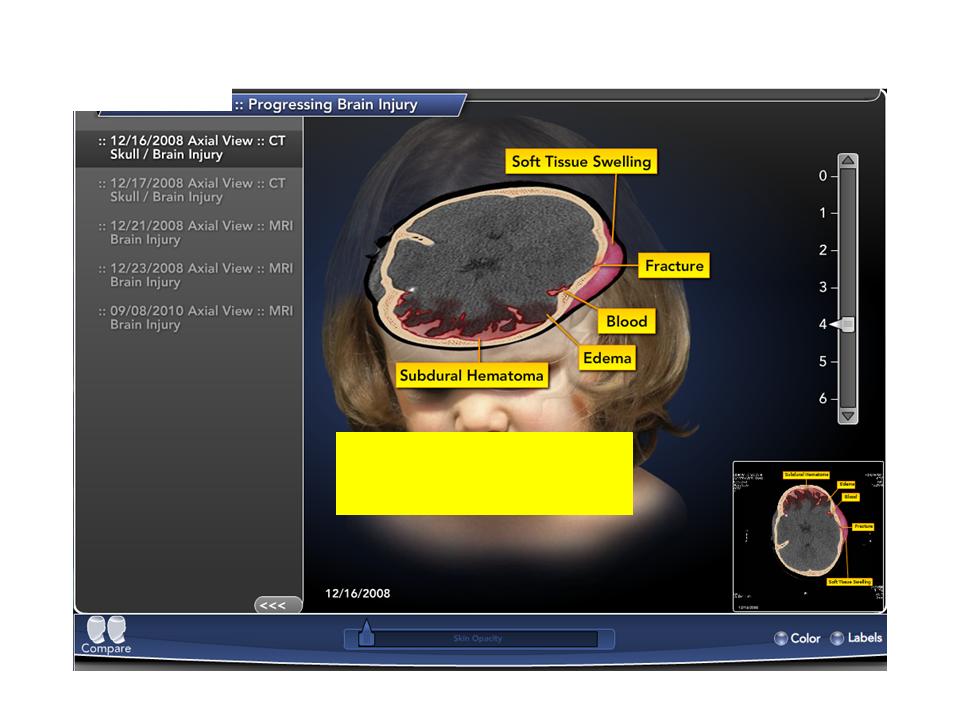 700,000 Americans will suffer a stroke this year. Strokes are the third leading cause of death in American and the number one cause of adult disability. While there are certain activities you can do or refrain from doing that will decrease the risk that you are one of them, strokes are a legitimate health concern for every aging American. The most important thing that you can do for your health is know how to react if and when a stroke hits.
700,000 Americans will suffer a stroke this year. Strokes are the third leading cause of death in American and the number one cause of adult disability. While there are certain activities you can do or refrain from doing that will decrease the risk that you are one of them, strokes are a legitimate health concern for every aging American. The most important thing that you can do for your health is know how to react if and when a stroke hits.
Strokes occur when blood vessels in the brain becomes blocked or bursts. Blood flow to the brain is either cut off or largely diminished, causing a shortage of vital oxygen. When this happens, the brain begins to die and time is of the essence. Brain damage can occur within minutes and full control of the part of the body controlled by that portion of the brain may be lost forever without proper treatment.
Stroke Symptoms
The symptoms of a stroke can occur very suddenly, and include:
· Numbness, weakness, or paralysis of the face, arm or leg;
· Trouble seeing out of one or both eyes, double vision, or blurriness;
· Confusion or trouble understanding;
· Slurred speech;
· Trouble walking, unsteadiness, dizziness, clumsiness;
· Severe headache.
If you suffer from any of these symptoms, you should call 911 immediately.
Even if the symptom passes, you should call the doctor, as you may have experienced a transient ischemic attack (also known as a “mini-stroke”).
Types of Strokes
There are two kinds of strokes: ischemic and hemorrhagic.
The ischemic stroke occurs when a blood clot blocks a blood vessel in the brain. Ischemic strokes account for about 8 in 10 strokes and are more common in older adults. The clot may have formed in the blood vessel or it may have traveled from somewhere else in the blood stream.
The hemorrhagic stroke occurs when one of the arteries in the brain leaks or bursts, causing bleeding inside the brain or near the brain’s surface. These strokes are less common than ischemic strokes, but are far more deadly.
Stroke Treatment
Proper diagnosis and swift treatment of stroke victims can minimize brain damage and drastically improve the chances of survival. It is important for a physician to correctly diagnose the type of stroke suffered, as early treatment for an ischemic stroke is the restoration of blood flow and early treatment for hemorrhagic strokes is the control of blood flow.
As with heart attacks, most of the permanent damage that will occur in the victim occurs within the first few hours. The faster the patient is correctly diagnosed as suffering from a stroke, the less damage will occur.